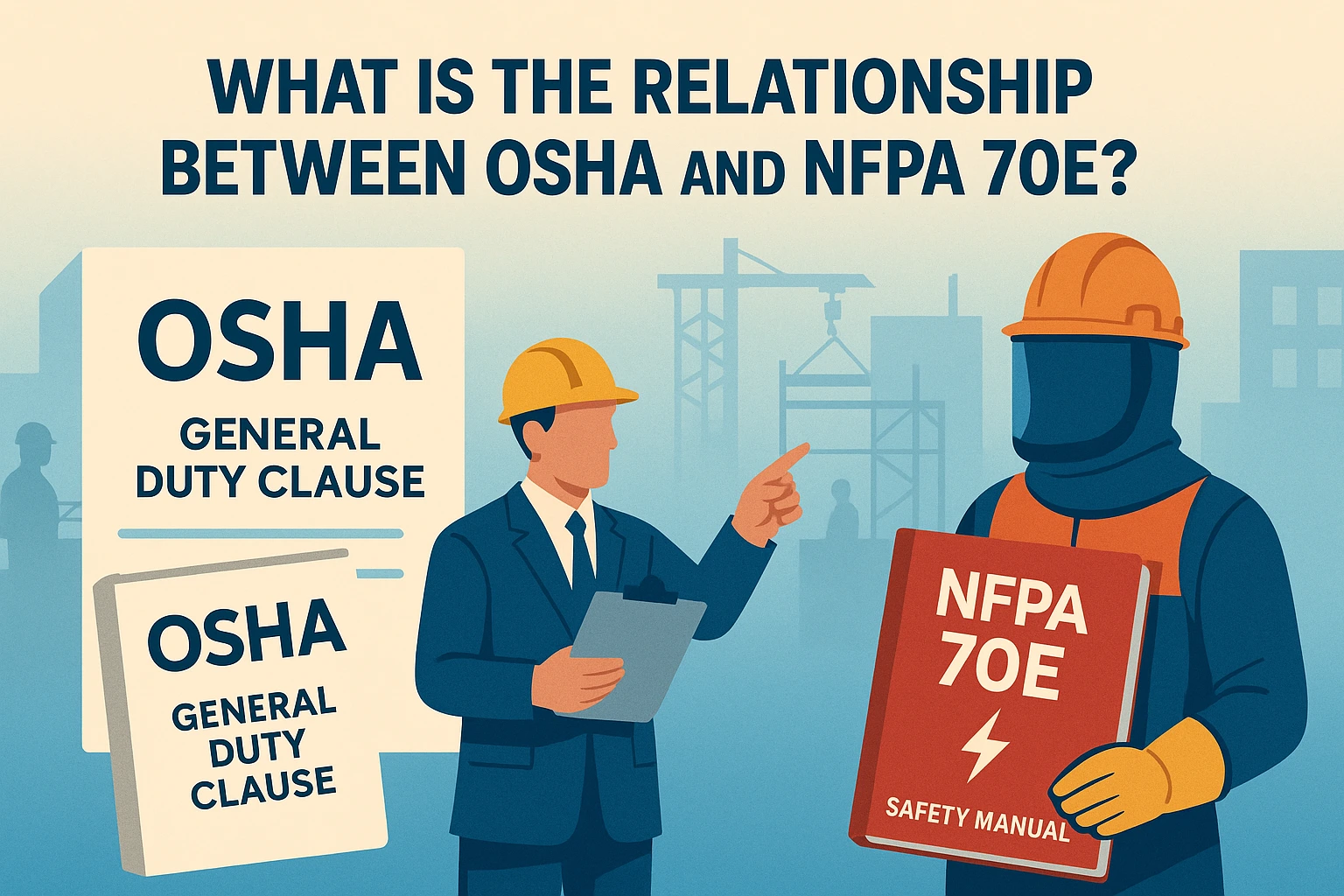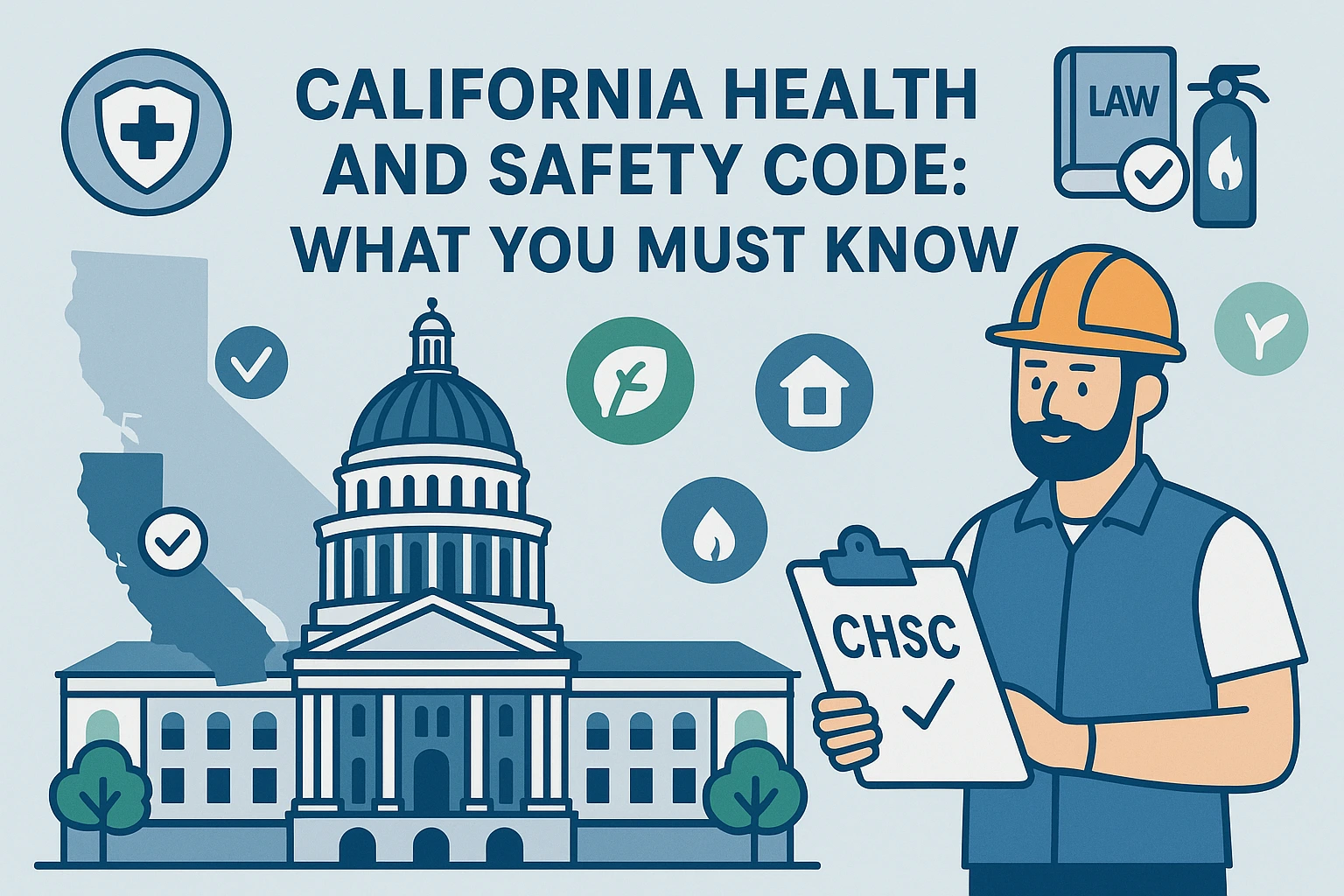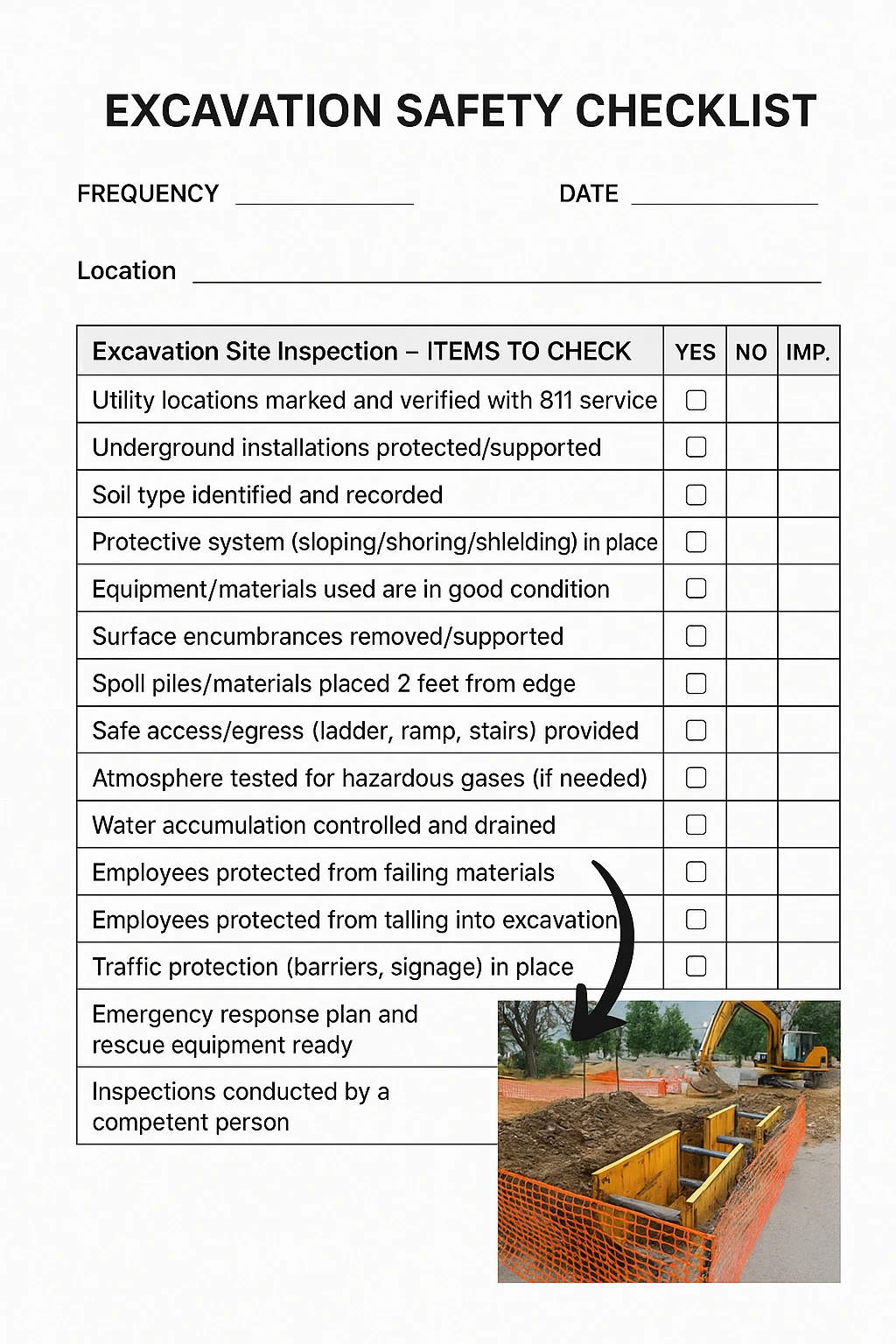Anchor Point Standards play a crucial role in protecting workers at height. This detailed guide walks safety professionals through OSHA and HSE rules, helping them understand everything from installation practices to annual inspection routines.
Understanding Anchor Points
An anchor point serves as the secure attachment for a fall protection system.
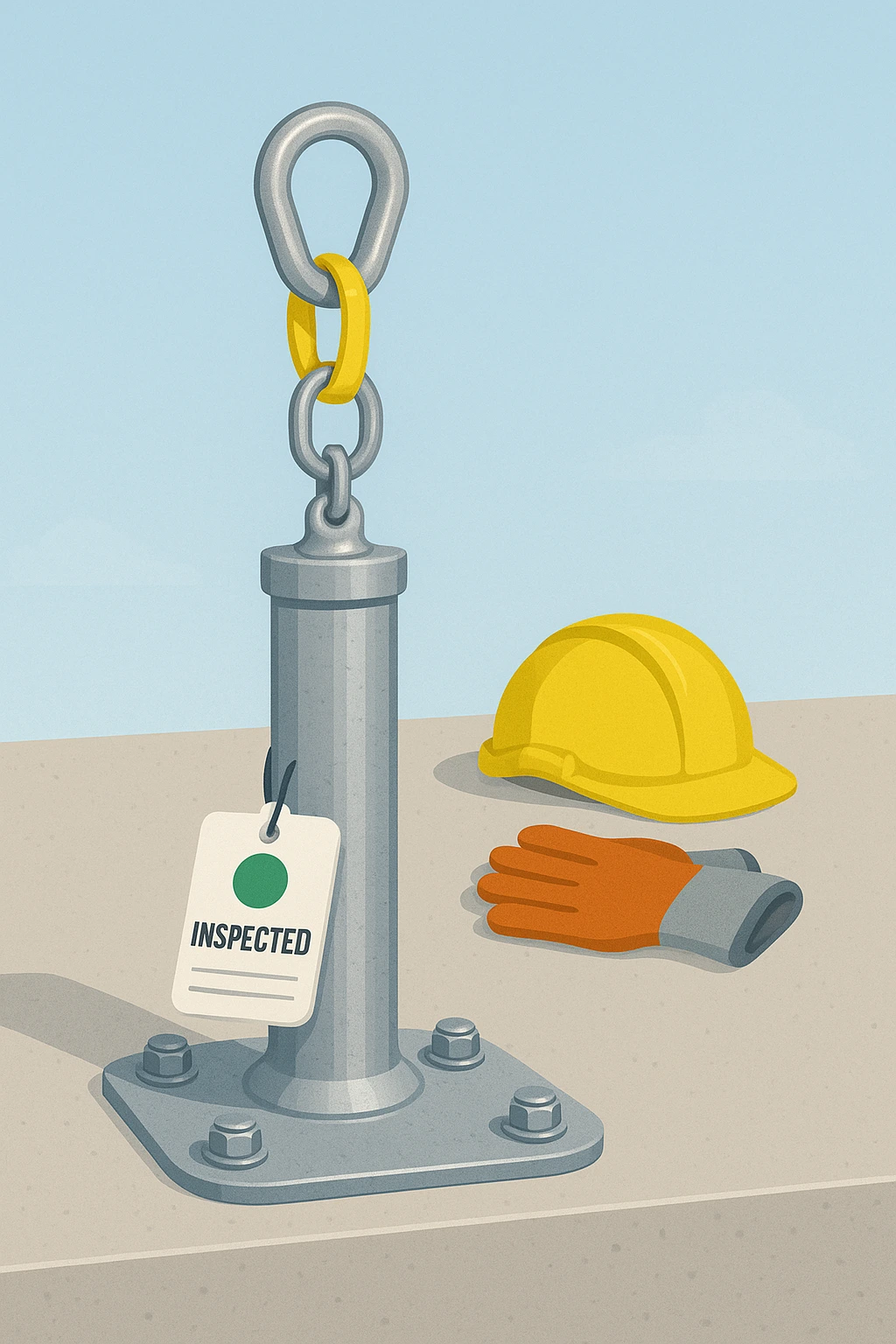
It connects to the structure and is designed to arrest a fall. Compliance with anchor standards ensures systems perform safely under pressure.
- Vital connection for personal fall arrest systems (PFAS)
- Requires correct placement and strength testing
- Must follow national and site-specific regulations
Why Standards Are Essential
Falls remain a leading cause of workplace injuries and deaths. Fortunately, both OSHA and HSE provide clear guidance to mitigate these risks. Following their anchor point standards can dramatically reduce incidents on site.
OSHA Requirements for Anchor Points
Load Capacity
OSHA mandates a load capacity of 5,000 lbs per worker (OSHA 1926.502(d)(15)). Alternatively, a qualified person may engineer anchor points with a 2:1 safety factor.
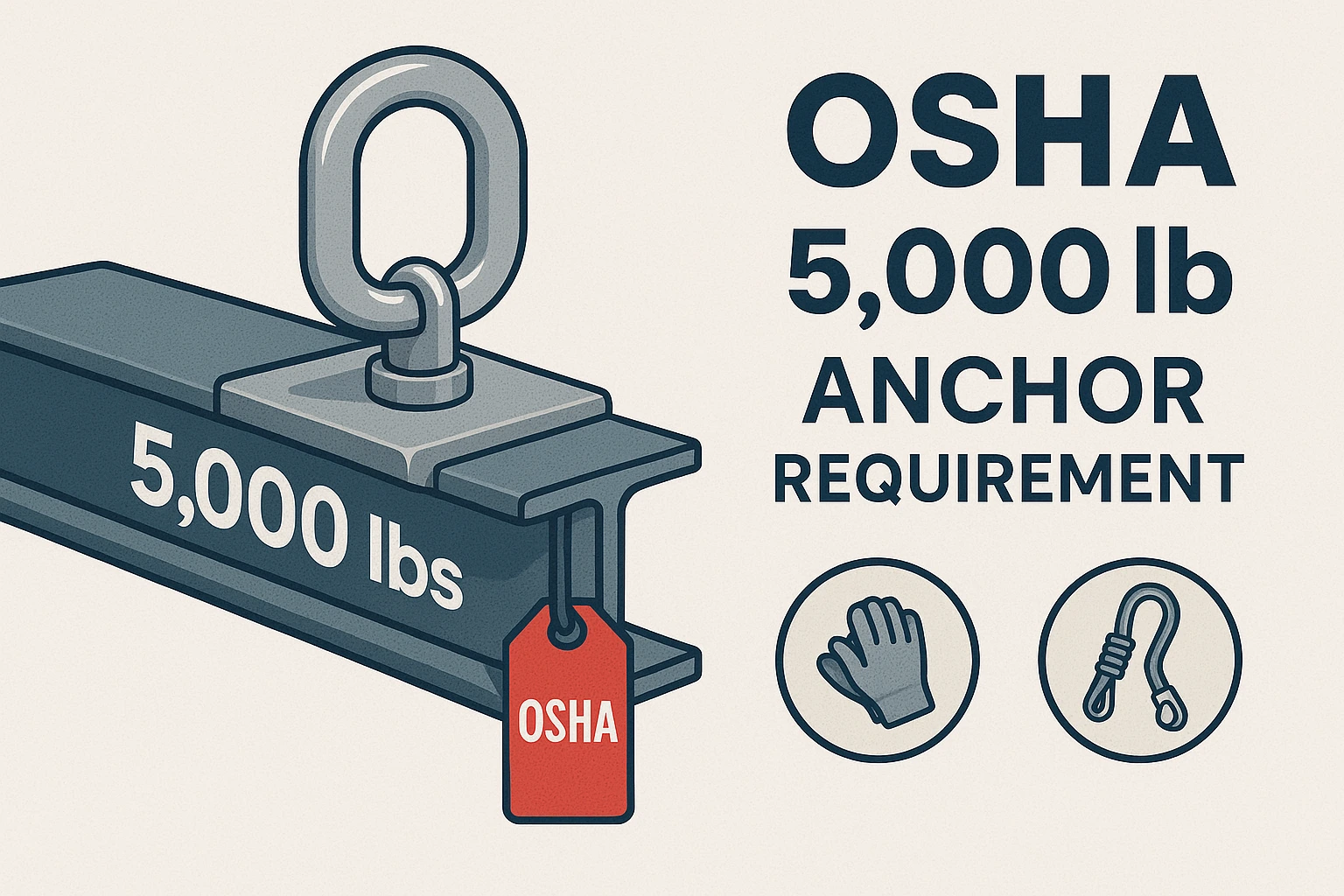
Competent Installation
Only trained and qualified personnel should install anchor points. This ensures each point meets required specifications and is structurally sound.
Inspection Practices
Daily pre-use checks are mandatory. In addition, certified inspectors must conduct thorough annual inspections. If a fall occurs, the anchor must undergo evaluation or replacement.
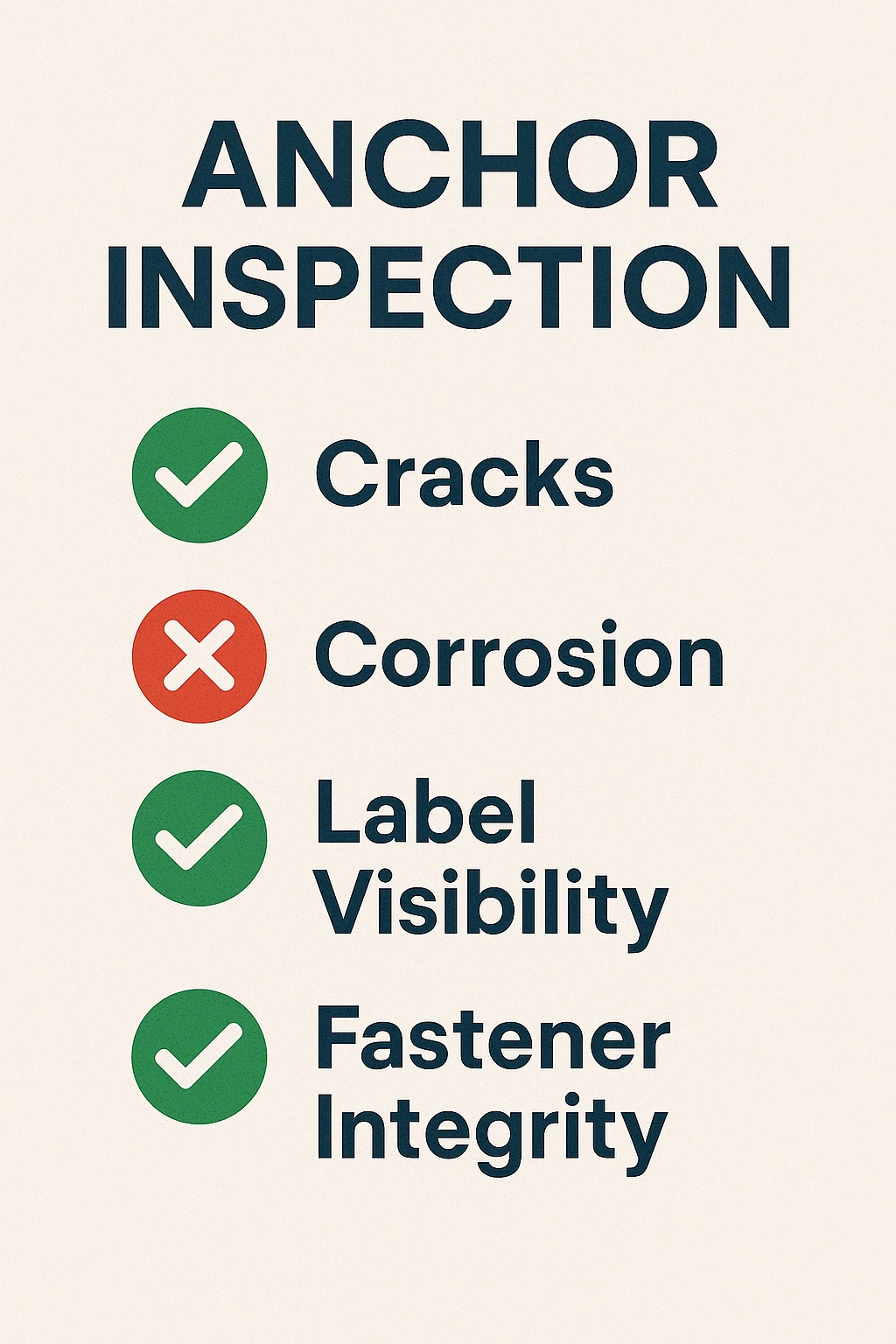
Temporary and Permanent Solutions
- Temporary anchors: Portable and reusable, but must meet full strength criteria.
- Permanent anchors: Require labeling, engineering drawings, and ongoing maintenance documentation.
HSE Guidelines for Anchor Points
Types under BS EN 795:2012
- Type A: Structural fixed points
- Type B: Portable single-point anchors
- Type C: Horizontal flexible lines
- Type D: Rail track systems
- Type E: Deadweight systems

Life Cycle Guidance from BS 7883:2019
HSE guidelines demand that anchor systems include complete documentation. This covers installation details, inspection logs, and re-testing after events such as falls or extreme weather.
Inspection Frequency
Before each use, personnel must inspect anchor points visually. At least once a year, qualified inspectors should verify their integrity and performance.
Types of Anchor Points in Practice
- Fixed: Designed for long-term, bolted application to concrete or steel.
- Temporary: Clamp or strap anchors used during short-duration work.
- Horizontal Lifelines: Flexible systems running across elevated areas.
- Counterweighted: Non-penetrating anchors used on flat rooftops.
Best Practices for Installation
To improve fall protection safety, adhere to the following:
- Choose corrosion-resistant materials
- Confirm surface structure can support anchor load
- Install according to manufacturer instructions
- Log anchor IDs and inspection dates for traceability
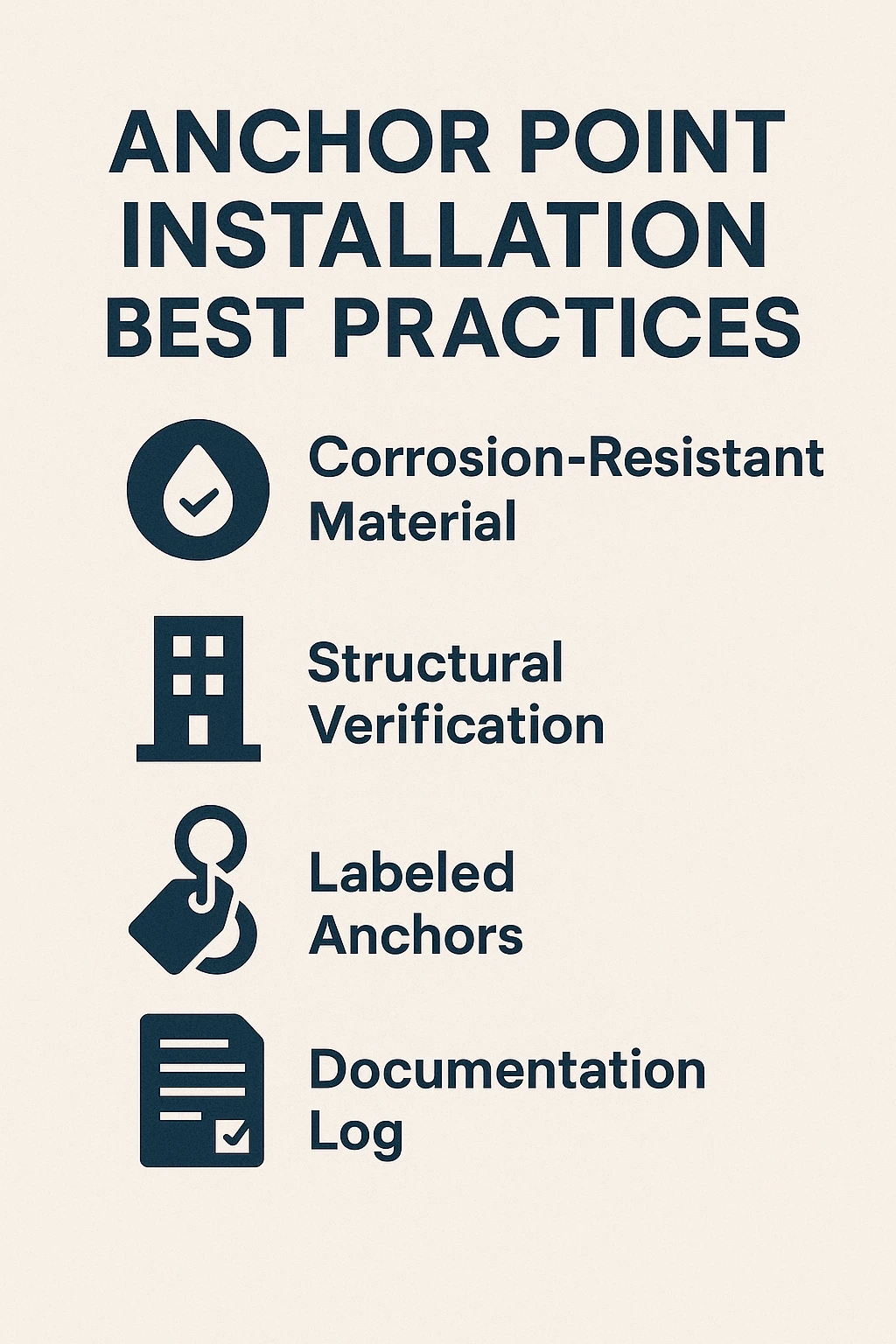
Inspection Checklist
- ✔ Installed on verified structural surface?
- ✔ Clearly labeled with rating and ID?
- ✔ Free from cracks, rust, or wear?
- ✔ Included in maintenance log?
- ✔ Passed last certified inspection?
Anchor Point Failure Examples
Failures often occur due to overlooked weaknesses. For example, one incident involved an adhesive anchor installed over water-damaged plywood. When the system engaged during a fall, the plywood tore out, leading to a fatality. Thorough inspections prevent such outcomes.
Related Resources
Common Questions
Can one anchor point serve multiple users?
Only if it’s tested and certified for that load. Otherwise, use separate anchors per person.
What’s the distinction between an anchor and anchorage?
The anchor is the device attached to the structure. Anchorage refers to the structural element supporting it.
Is an inspection necessary after every use?
A visual pre-use inspection is mandatory. Full technical inspections occur annually or after a fall arrest incident.
By adhering to recognized Anchor Point Standards, professionals enhance site safety and meet legal requirements. Whether guided by OSHA or HSE protocols, consistent inspection, documentation, and correct installation prevent incidents and save lives.


